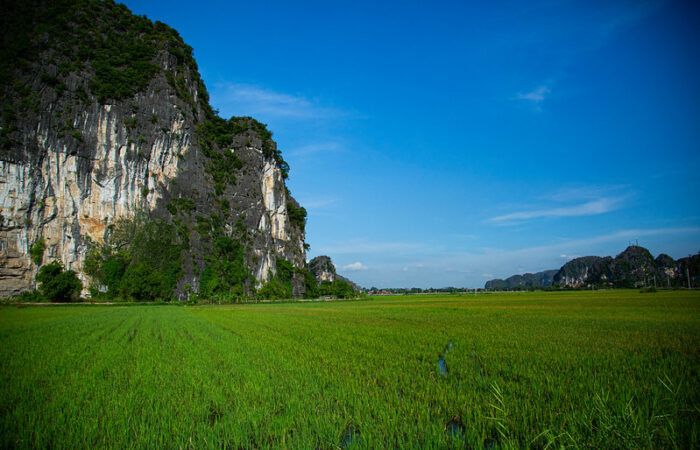
Comprehensive analysis of greenhouse gas emissions for any agricultural sub-sector of a developing country.
Rice production accounts for a significant portion of many Asian countries’ greenhouse gas (GHG) emissions, and Vietnam is one of the world’s largest rice producers. To meet the targets set out in its Nationally Determined Contribution (NDC) and to maintain transparency in National Communications (NC), Vietnam assesses the spatial variation of emissions across its rice-producing regions.
Emission factors (EFs) are used to estimate total emissions associated with the area of rice production; many countries use the guidelines provided by the Intergovernmental Panel on Climate Change (IPCC).
IPCC default EFs are based on global averages and do not consider seasonal or regional variations in climate, which can lead to over- or under-estimations of seasonal emissions. Policymakers and researchers are getting a picture of emissions on the ground, but how do we increase the resolution to allow for rapid assessment of hotspots and identify practices with the highest mitigation potential?
Photo: J. Turner (CCAFS)








